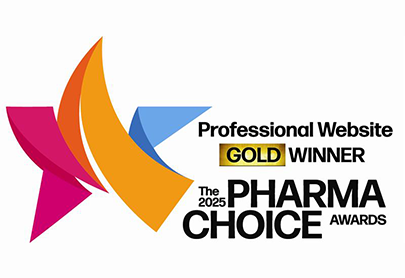POV
How Pharma Brands Can Navigate the Nuances of Social Media Research to Unlock Greater Insights

The pharmaceutical industry has long understood that social media conversations offer valuable information that can shape brand strategy. As one example, online conversations among patients, caregivers, healthcare professionals (HCPs), and key opinion leaders (KOLs) can reveal important perceptions, beliefs, and experiences related to a treatment's clinical profile, tolerability, dosing regimen, format, safety, accessibility, and more.
To tap into this rich data source, companies like Talkwalker, Meltwater, and Brandwatch have developed platforms that collect information from web and social media sources and use it to populate pre-built or templated dashboards. These dashboards track web and social media dialogue for specific brands, disease states, or topics using custom keywords. They can also identify audience demographics, perform sentiment analysis, and convert raw data into key performance indicators (KPIs) to help us see how a brand, disease state, or topic is perceived.
But developing and then acting on these insights is not as automatic as we might think. Social media tools can provide a window into the minds of stakeholders. However, because these platforms use varying levels of machine learning, their qualitative and quantitative outputs have important limitations that marketers must consider.
Unfortunately, these platforms do not always capture the nuanced context needed to make informed business decisions. Sentiment analysis can broadly indicate positive or negative feelings but often fails to distinguish subtle emotional differences.
Consider this example: An article in a scientific journal praises a drug’s clinical trial results but also notes concerns about its tolerability. Such content might be classified as having a positive sentiment without adequately reflecting the negative aspects. In short, sentiment analysis cannot parse out what’s truly important for the brand.
Another limitation of social listening? Data accessibility issues. Some platforms, like patient forums and Facebook groups, protect their data with privacy settings, making them inaccessible for analysis. Moreover, certain professional sites like OncLive block web crawling, preventing data collection and making it even harder to form a complete picture. In some cases, it's impossible to know what data sources are missing, which is an inherently limiting problem.
When comparing in-person and online techniques for information gathering, it's clear that each approach has its strengths and weaknesses. Surveys can reach a large number of respondents and provide quantifiable data but are often restricted by budget constraints. They can also lead to biased responses due to their structured nature.
Focus groups can offer in-depth responses and are generally cost-effective with smaller sample sizes; however, they run the risk of response bias, as participants can influence each other’s opinions.
Social media research, in contrast, taps into larger, more diverse populations and captures unaided, spontaneous conversations that may reflect more genuine sentiments. However, the unstructured data it provides can make comprehensive analysis challenging. Typically, it offers more of a momentary snapshot rather than a longitudinal study of the same patients across the treatment continuum.

Despite their advanced capabilities, social media listening platforms are only as good as the data they process and the algorithms they use, as they tend to lack the nuanced understanding and contextual interpretation that human expertise provides.
Domain experts can interpret data with an understanding of industry-specific nuances and discern subtleties that algorithms might miss. For instance, they can differentiate between sarcasm and genuine praise, understand the context behind a discussion, and evaluate the relevance of emerging trends.
While new tech excels at handling large volumes of data and identifying patterns, human experts excel at interpreting these patterns within the larger business and regulatory context. Their involvement ensures that the strategic use of social listening aligns with broader business goals and adheres to industry standards and regulations.
In this era of digital transformation, where regulatory pressures like the Inflation Reduction Act are reshaping revenue models, the nuanced insights and strategic guidance provided by human experts are more important than ever.
Ready to elevate your brand with a cutting-edge omnichannel strategy?Connect with Asentech today, and discover how we can guide you toward omnichannel excellence for a successful launch.



